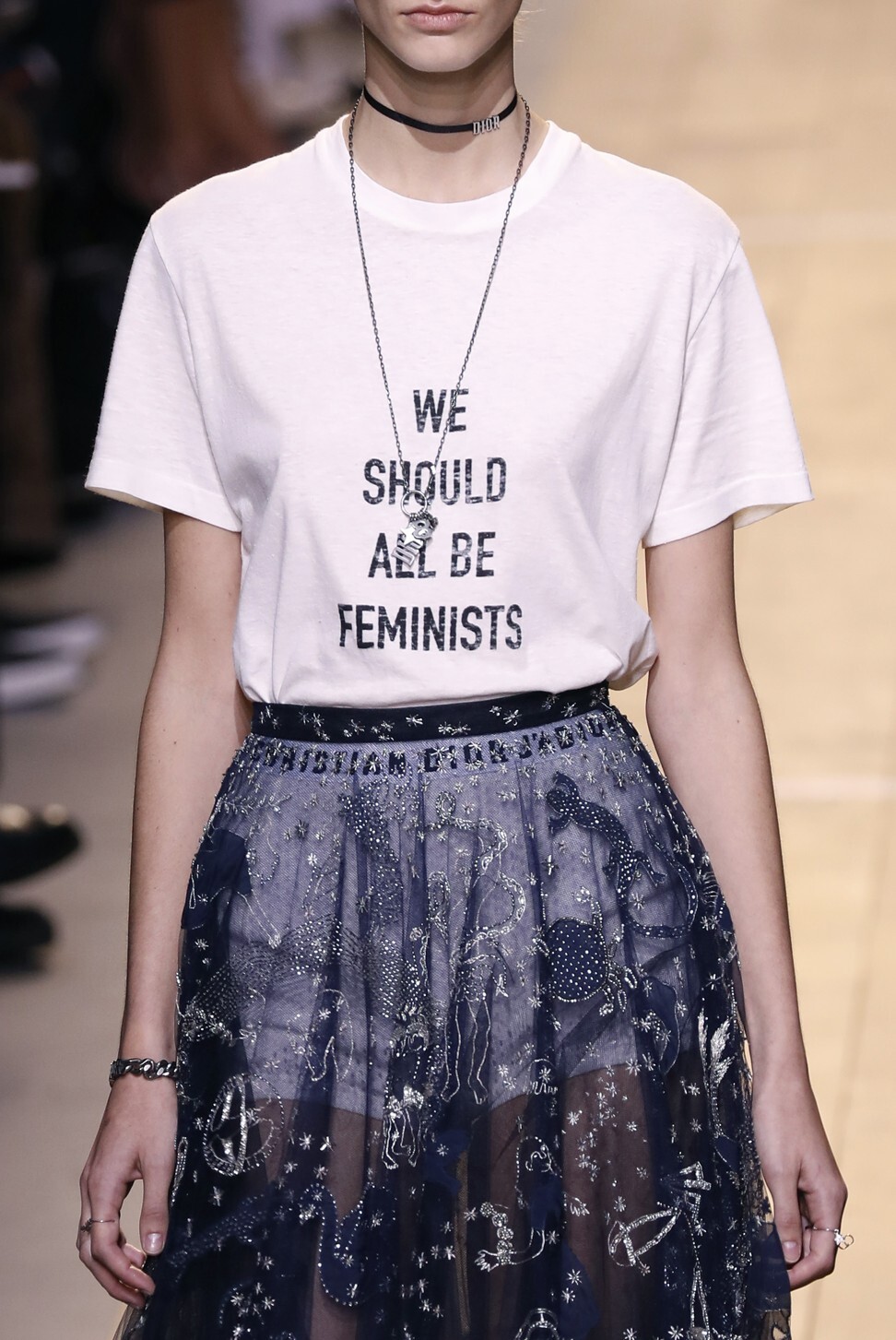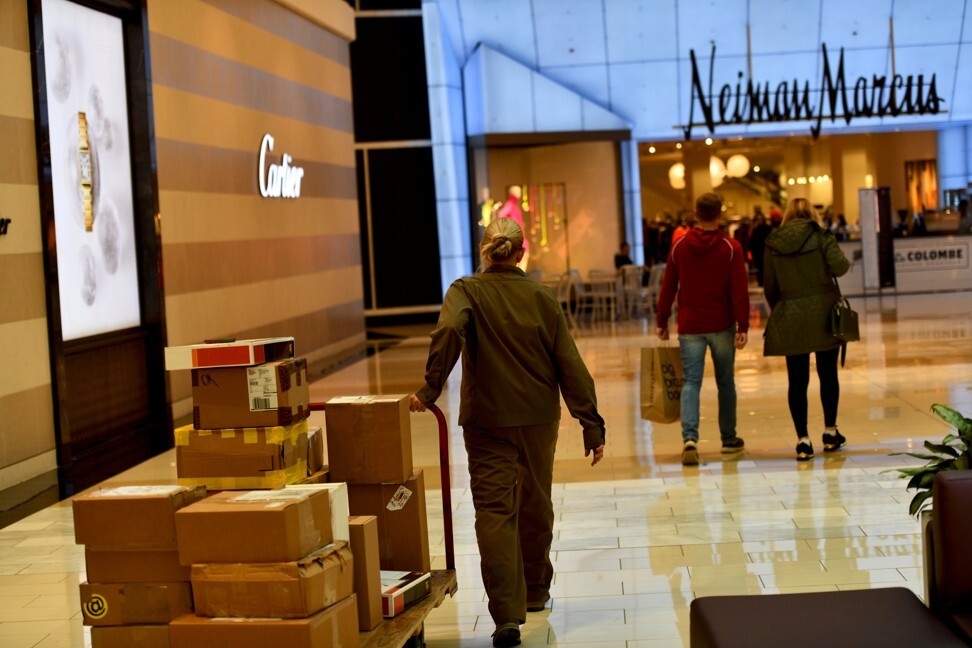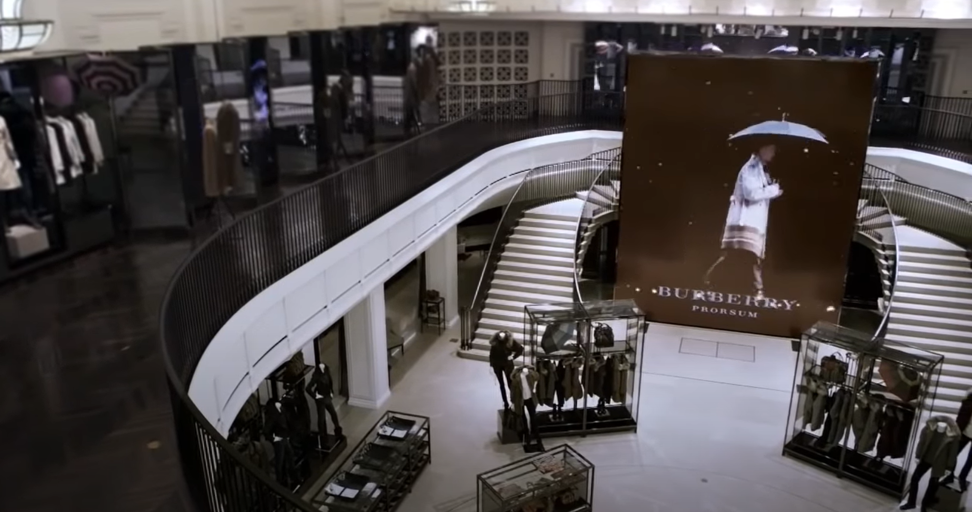/ Ralph Lauren, Burberry, Hugo Boss, Yamamoto and other luxury fashion brands have traditionally depended on third-party retailers – here’s why they should be focusing on digital

Luxury fashion has traditionally been a high-touch segment where personal interaction is crucial. While this much is true across the entire industry, however, brands’ approaches to retail can differ.
Is childrenswear the future of luxury fashion?
Here’s why.

At first glance, the wholesale distribution model seems win-win. Brands profit from orders on their collections and gain significant distribution with little capital investment. Retailers get a variety of attractive brands and a significant profit margin.
Promotions are the most sure-fire way to destroy a luxury brand – they gradually undermine and destroy brand equity while erasing a brand’s relevance, influence and profitability
But the business model comes with its fair share of challenges. Multi-brand retailers often struggle to create an attractive, relevant and differentiated experience, especially for millennials and Generation Z. The experience of one retailer often resembles the experience of their competitor.

This wasn’t a problem when alternatives were lacking. However, over the last decade many multi-brand retailers have failed to stay competitive or provide a superior touch and feel in their stores, resulting in significantly declining traffic, store closures, and even bankruptcies in the case of Neiman Marcus. This has prompted business publications and articles across the board to comment on “the death of high street shopping”.

Certain luxury fashion brands’ high dependence on wholesale has been problematic – even deadly – in terms of maintaining brand equity, too. Wholesalers typically run aggressive price promotions at the end of seasons or whenever else they deem fit, but this alienates loyal customers and only benefits shoppers who aren’t invested in the brand. Promotions are the most sure-fire way to destroy a luxury brand; they gradually undermine and destroy brand equity while erasing a brand’s relevance, influence and profitability.

Retailers also indirectly dictate brands’ creative directions through their orders, leading to collections that are less inspiring and more mainstream, designed to please retail buyers over luxury consumers. And data has shown that if a luxury brand loses its ability to innovate and influence, it loses its lustre.
Additionally, brands that depend on wholesale have very little influence on how their brand is sold through retail stores. An experience in a brand’s own store can be vastly different to an experience in a multi-store environment – sometimes with disastrous results. This is a critical shortcoming when luxury depends on brand story.

Covid-19 dramatically exacerbated these existing problems and essentially eliminated the convenience of high volume, repeat orders from retailers, as lockdowns and customers’ fearfulness of contracting the disease meant greatly reduced store traffic. The traditional, multi-brand retail environment will never be the same.

The obvious solution would be for all fashion brands to pivot to digital, which would allow them to operate at much higher profit margins, to directly connect and interact with customers, and to have full control over their brand stories. B ut most fashion brands are not at all familiar with creating a true digital brand experience.
Which luxury brands have opened restaurants and hotels in Asia?
Digital is more than simply maintaining a website or offering online sales; it requires a completely different skill set, approach and organisational focus in everything from products to content creation. The brand story must be precise and crystal clear in order to appeal to young, discerning, digitally-focused audiences. This clarity, in turn, enables brands to develop better content, customer service, and customer acquisition strategies.

However, most fashion brands fall short on these factors. Some are inconsistent in describing what they are all about, while others cannot quickly create engaging content for social media. As a result, these brands weaken their brand equity through digital instead of strengthening it; they may have a digital presence, but it isn’t convincing. And brands that don’t convince, don’t sell.
Luxury fashion brands need to play to win in digital. Digital is no longer the future, but the reality of today, and those who don’t keep up with the times will soon be out of business.
Want more stories like this? Sign up here. Follow STYLE on Facebook, Instagram, YouTube and Twitter .

Chanel, Dior, Gucci and Louis Vuitton have the right idea – a brand’s own store is always better than a third-party retailer like Neiman Marcus, Harrods or Saks Fifth Avenue – but here’s why luxury fashion brands should all be going digital